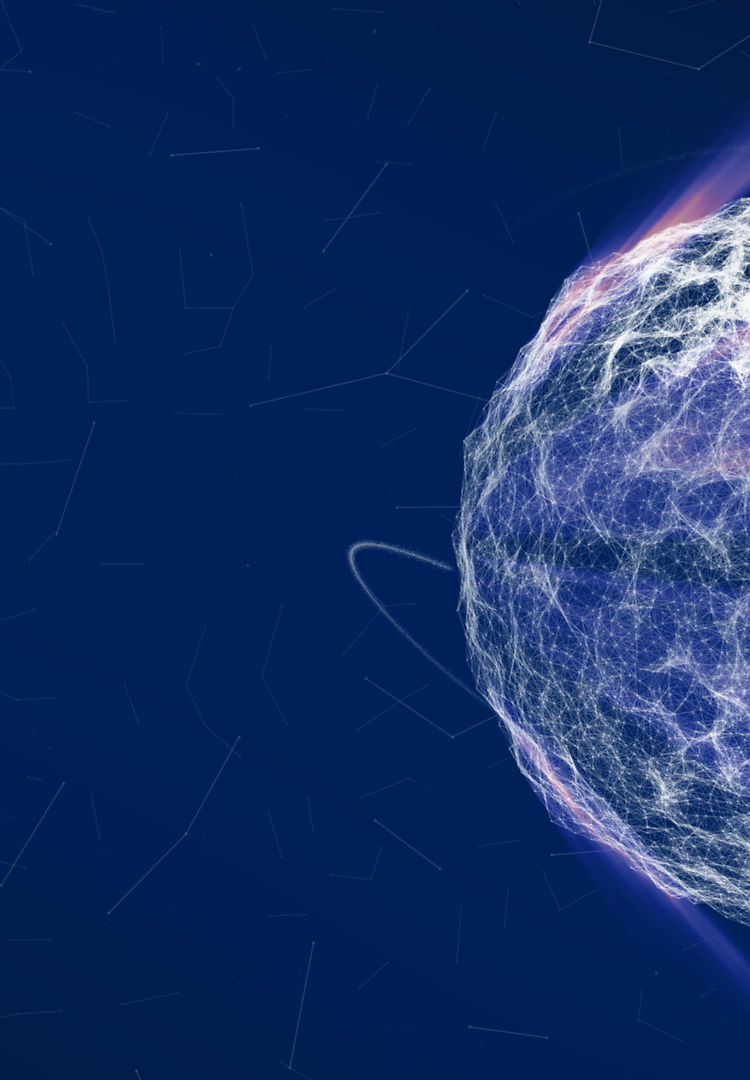Ajury—composed of world-renowned quantum computing researchers and Airbus aerospace experts—has selected the five finalist teams of the Airbus Quantum Computing Challenge.
Since the start of the call for submissions in January 2019, more than 800 people registered interest in the challenge and a total of 36 proposals were submitted.
“We were really thrilled by the strong response from the quantum computing community,” explains Thierry Botter, Head of Blue Sky at Airbus. “It really speaks volumes to the community’s motivation to transform the world as we know it by bringing in this additional capability to businesses like Airbus.”
Each finalist team proposed a solution to one of the five problem statements, which were structured to address industry-relevant flight physics challenges facing the aviation industry today, from aircraft design to aircraft operations. These problem statements were primarily optimisation challenges of varying complexity. Submitted proposals offered either a fully quantum or quantum-hybrid approach with a level of scalability based on technology maturity and evolution.
Listen to this special podcast dedicated to the announcement of the Airbus Quantum Computing Challenge's five finalist teams.
Impressive proposals with high potential
Jury members received clear evaluation criteria to determine both the scientific and quantum computing merits of the proposed approach, as well as its potential to translate into aerospace-specific applications. And from Airbus’ perspective, the proposals—as well as the enthusiasm of the quantum computing community—exceeded expectations.
“The clarity of the formulations, despite the tight deadline, was really impressive,” Lee-Ann Ramcherita, Innovation and Marketable Services, Airbus Flight Physics, says. “The finalists were able to understand the problem statements and provide solutions that offer a constructive approach to address aerospace challenges with quantum computing capabilities.”
For Thierry, the quality of the submitted proposals also reflects the high potential for future industry-academia collaboration.
“We organised this competition to make a bridge to the quantum computing community,” he says. “And the response from the community was enthusiastic! We believe this challenge can serve as a new template for how businesses like Airbus can link with quantum computing researchers across the globe to transform this fundamental research topic into an impactful computing solution for a wide range of industrial applications.”
Discover the 5 finalist teams
Team Capgemini (The Netherlands / France)
Members: Julian van Velzen, Olmo Kortenbosch, Philippe Sottocasa, Michiel Boreel, Gautam Jeyakodi and Philippe Abdiche
- Profile: The team is composed of members from Capgemini and Sogeti’s high-performance computing for aviation and quantum technology teams.
- Problem statement addressed: 4 Wingbox Design Optimisation
- Approach: The team proposes two novel algorithms—inspired by the Harrow-Hassidim-Lloyd (HHL) algorithm for matrix inversion and Quantum Support Vector Machine (QSVM)—to reduce parameter space in wingbox optimisation. This approach is expected to pave the way for multi-modal, full aircraft optimisation.
Team Machine Learning Reply (Italy)
Members: Nicola Massarenti, Giovanni Pilon and Nicola Gugole
- Profile: The team is composed of consultants from Machine Learning Reply, a leading consulting, systems integration and digital services company.
- Problem statement addressed: 5 Aircraft Loading Optimisation
- Approach: The team proposes a quadratic unconstrained binary optimisation (QUBO) approach to find optimised aircraft loading configurations under increasing degrees of flight constraints.
Team Niels Backfisch (Germany)
Member: Niels Backfisch
- Profile: Niels Backfisch is a deep learning engineer with an extensive background in industrial mathematics.
- Problem statement addressed: 3 Quantum Neural Networks for Solving Partial Differential Equations
- Approach: Niels proposes to adapt ensemble methods in machine learning to the quantum computing realm in order to expand the evaluation of partial differential equations. He applies this innovative quantum-ensemble approach to solve Burgers’ equation for fluid mechanics.
Team Origin Quantum (China)
Members: Yongjie Zhao, Weicheng Kong, Zhaoyun Chen, Zhilong Jia and Hui Zhang
- Profile: The team is composed of scientists and executives from Origin Quantum Computing Technology Co., a company dedicated to full-stack development of quantum computing.
- Problem statement addressed: 2 Computational Fluid Dynamics (CFD)
- Approach: The team proposes a quantum-classical hybrid method for accelerating the open-source CFD software SU2. This method, based on the Finite Volume Method, optimises the time integration process for computational fluid dynamics in aircraft design.
Team Universidad de Montevideo (Uruguay)
Members: Dr. Rafael Sotelo, Dr. Gerardo Beltrame, Martín Machín, Laura Gatti, Ignacio Méndez, Maximiliano Stock, Joaquín Fernández, Diego Gibert, Juan-Diego Orihuela, José-Pedro Algorta
- Profile: The team is composed of researchers and scientists specialising in engineering, mathematics and quantum computing fields from the Universidad de Montevideo.
- Problem statement addressed: 5 Aircraft Loading Optimisation
- Approach: The team proposes a Variational Quantum Eigensolver (VQE) algorithm to determine the optimal configuration for maximising cargo plane loading, an adaptation of the well-known “Knapsack Problem.”
